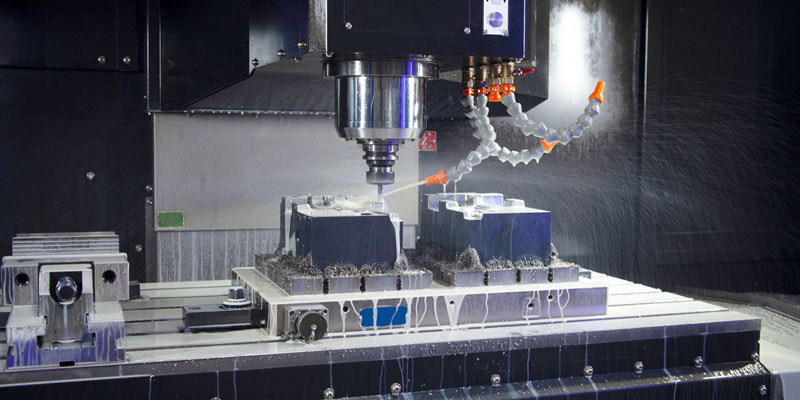CNC machining and traditional machining are two methods of producing machined parts. While the end product may be the same, the process of machining is vastly different between the two methods.
Workholding and Fixturing:
In traditional machining, machinists must use manual clamps and fixtures to hold parts in place during the machining process. This can be time-consuming and requires a high level of skill and precision to ensure that the part is held securely and doesn’t move during machining. In contrast, CNC machining uses specialized fixtures and workholding devices that are designed to securely hold the part in place and ensure that it doesn’t move during machining. This allows for greater precision and consistency in the finished product.
Cutting Tool Selection and Control:
Traditional machining typically uses standard cutting tools that are manually selected and adjusted by the machinist. In contrast, CNC machines use computer-controlled tool changers that automatically select and change cutting tools based on the programmed machining operations. This allows for faster and more efficient machining, as well as the ability to use specialized tools that might not be practical in a traditional machining setup.

Programming and Automation:
CNC machines are computer-controlled and rely on pre-programmed instructions to operate. This allows for greater precision and consistency, as well as the ability to perform complex machining operations that would be difficult or impossible with traditional machining. Traditional machining, on the other hand, relies on the skill and experience of the machinist to manually control the machine and adjust settings as needed during the machining process.
Speed and Efficiency:
CNC machines are designed to operate continuously without the need for rest or breaks, and can be programmed to perform multiple operations in a single setup. This allows for much faster machining times and higher production output compared to traditional machining. Traditional machining, on the other hand, is typically slower and less efficient, especially for complex parts or large quantities.
Flexibility and Customization:
Traditional machining allows for greater flexibility in adjusting the machining process on the fly, as the machinist can physically adjust the machine settings in real time. This makes traditional machining better suited for custom work or small quantities of parts. CNC machining, on the other hand, is less flexible and requires more planning and preparation to set up the machine for a specific part.
In summary, CNC machining and traditional machining have their own unique advantages and disadvantages, and the choice of method depends on the specific requirements of the project. CNC machining is ideal for high-volume production runs of complex parts, while traditional machining is better suited for custom work or small quantities of parts that require greater flexibility and customization.



